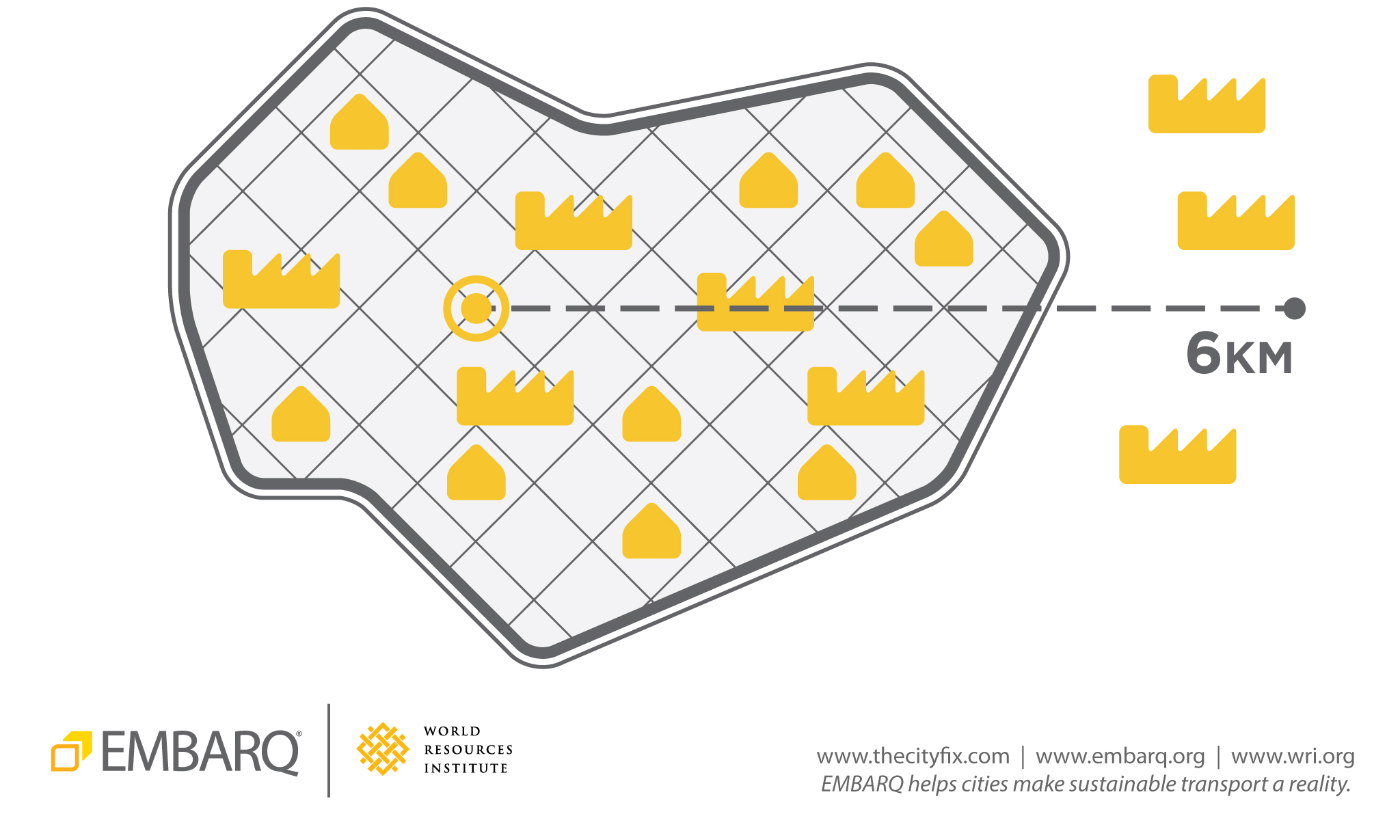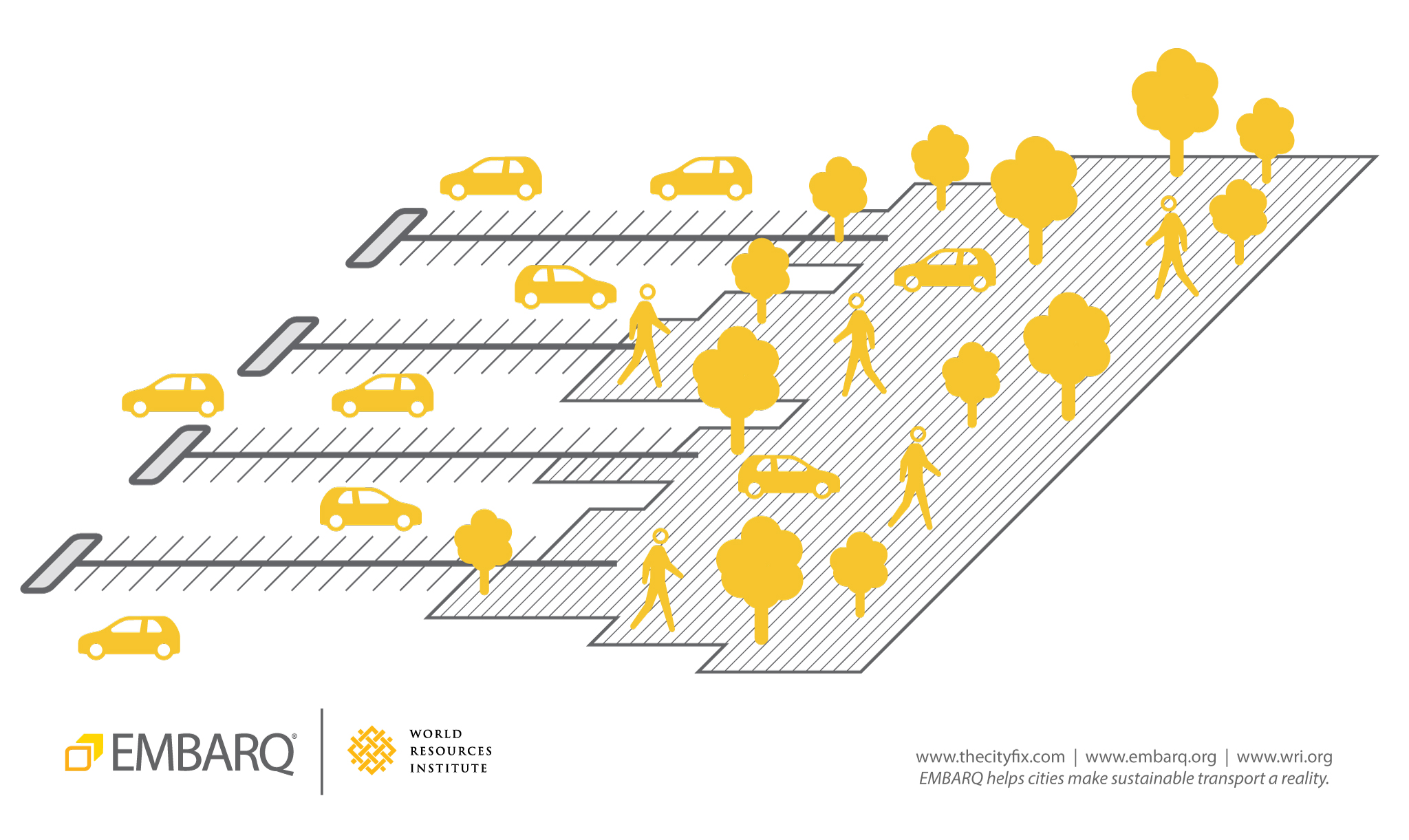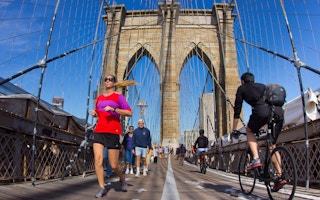The more cars on the road, the more challenges a city faces. Developing countries like Mexico have experienced increased car ownership in recent years, as much as 23 per cent annually since 1995. As these car-owners take more trips, there are more road fatalities, traffic congestion, longer commuting times, and air pollution. Despite these risks, most cities are decidedly car-centric and rely on private vehicles for almost all urban trips, whether or not a car is the most efficient or convenient option.
To continue reading, subscribe to Eco‑Business.
There's something for everyone. We offer a range of subscription plans.
- Access our stories and receive our Insights Weekly newsletter with the free EB Member plan.
- Unlock unlimited access to our content and archive with EB Circle.
- Publish your content with EB Premium.
Creating safer, more sustainable cities means designing them to move people, not cars. One way to achieve this goal is transport demand management.
What is transport demand management?
Transport demand management refers to a set of strategies that maximize urban mobility by limiting the unnecessary use of private cars. These strategies recognize that cars will always play a role in the make-up of a city, and work to manage car use by promoting more sustainable and integrated transport options. Furthermore, they make streets safer for all commuters—drivers, cyclists, and pedestrians.
To get anywhere in a city, travelers decide what mode of transport to use, which route to take, and which is the most convenient way to go. Transport demand management focuses on each of these links within a city’s transport system, cutting car-dependence and making sustainable transport more attractive.
Build up sustainable mobility options
Car-oriented cities are sprawling and dispersed, leaving a disproportionate amount of space for cars at the expense of other modes of transport. Even with carpool lanes and car-sharing schemes, which use road space more efficiently, private cars still gridlock city streets. For example, it takes up to 50 times more road space for cars to carry the same number of people as the average public transport vehicle in Mexico City, based on the city’s average occupancy of 1.21 passengers per car.
But without viable alternatives, commuters are left with few options beyond the car. The availability of public transport that connects people’s homes to schools or employment centers can make for a better, shorter commute and reduce traffic congestion, as everyday commutes make up nearly 30 per cent of total vehicle traffic in North American cities.
 Alternative mobility options such as walking and cycling become more feasible when job opportunities are closer to residential areas. Commuting by car can be avoided by providing “home office” and “live-work” options. Graphic by EMBARQ.
Alternative mobility options such as walking and cycling become more feasible when job opportunities are closer to residential areas. Commuting by car can be avoided by providing “home office” and “live-work” options. Graphic by EMBARQ.
Integrate car travel with other forms of transport
“
Transport demand management can improve city-dwellers’ quality of life, but only if local governments, urban planners, and other stakeholders apply these strategies in conjunction with complementary urban mobility strategies.
Cars can be an efficient piece of urban transportation systems, but only if integrated with more sustainable modes like bus rapid transit (BRT), metro, and active transport. Commuters can easily drive to a designated parking lot and take public transport or walk to their destinations. These park-and-ride or park-and-walk programs have proven to be successful before sporting events such as the 2011 Pan-American Olympics in Guadalajara, where only 10 per cent of attendees parked outside the main stadium.
Design safer streets
Street design is also a key factor. Car-oriented cities are designed to move vehicles at high speeds. While this makes motorized mobility convenient, it also increases the risk of traffic crashes, inhibits access to other means of transport, and endangers pedestrians and cyclists.
Better street design can minimize road safety risks and slow cars down without hindering their flow. City speed limits work: New York City’s inner-city speed limit of 25 mph (40 km/h) is more fuel-efficient and prevents 80% of collisions from being fatal. Traffic calming measures also help create safer streets by reducing speeds:
- Narrowing vehicular lanes, covering surfaces with rough paving, and adding speed bumps
- Prioritizing pedestrian crossings by extending sidewalks or raising roadway surfaces at intersections
- Providing clear traffic signals for all road users
Regulate parking
Making parking inexpensive and easy spurs the demand for cars. Free parking subsidizes driving and encourages car-centric development, fueling urban traffic congestion and road safety risks. Cities can reduce car-dependence by:
- Controlling the supply of parking spaces based on land use and available transport alternatives instead of projected increases in parking demand
- Charging for parking for more efficient use of space
- Prioritizing space for sustainable transport alternatives such as car-share stations, bicycle parking, and bus stops
 Parking lots can be put to better use through temporary conversion into a productive space, like a public market. The city of San Francisco’s Pavement to Parks Program, for example, retrofits parking spaces into public spaces. Graphic by EMBARQ.
Parking lots can be put to better use through temporary conversion into a productive space, like a public market. The city of San Francisco’s Pavement to Parks Program, for example, retrofits parking spaces into public spaces. Graphic by EMBARQ.
People-oriented cities recognize the car as part of a larger sustainable mobility strategy, and must therefore provide solutions to adequately manage car use. Transport demand management can improve city-dwellers’ quality of life, but only if local governments, urban planners, and other stakeholders apply these strategies in conjunction with complementary urban mobility strategies. In the end, the smartest city is not the one that eliminates cars, but the one that can integrate them into a sustainable network of urban mobility options.
Claudio Sarmiento currently works in Urban Development at EMBARQ Mexico. This post originally appeared on the World Resources Institute’s Insights blog.









